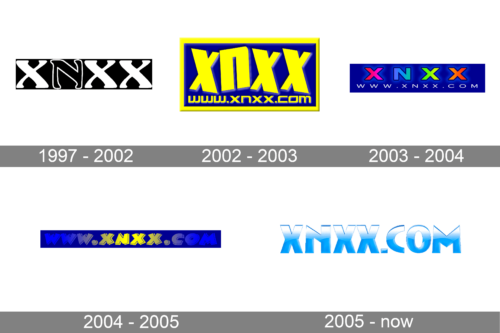
- Version
- Download 78
- File Size 14.21 KB
- File Count 1
- Create Date December 14, 2024
- Last Updated December 14, 2024
Vogue, the world’s most iconic fashion magazine, has defined elegance and style since its inception in 1892. Originally launched as a weekly newspaper for New York's elite, Vogue transitioned into an international fashion authority under Condé Nast’s ownership in 1909. Now distributed in 23 countries with approximately 11 million subscribers, its enduring influence extends across generations.
Meaning and Evolution of the Vogue Logo
Vogue’s logo represents timeless sophistication, deeply rooted in the classic Didone typefaces. Developed by legendary typographers Firmin Didot, Giambattista Bodoni, and Justus Erich Walbaum, these fonts—Didot, Bodoni, and Walbaum—lend an aura of refinement to the brand's visual identity.
1892 – 1907
The earliest Vogue logos were hand-lettered and unique to each issue, designed to complement the cover art. These bespoke logos reflected the magazine’s exclusive appeal to New York’s high society.
1907
In 1907, Vogue introduced its first standardized logo: bold serif lettering with distinctively intertwined “O” and “G.” The elongated, curved tails of the “V” and “E” added a touch of elegance to the straight, horizontal composition.
1908
A 1908 update enhanced the logo’s visual impact by emboldening the lines and refining the contours. The black lettering on a clean white background featured pronounced curves on the “V” and “E,” establishing a confident, polished identity.
1909
After Condé Nast acquired Vogue, the logo embraced the vibrant and artistic flair of the Art Deco and Jazz Age eras. Covers featured colorful, abstract designs with hand-drawn typography that complemented the dramatic illustrations of the period.
1909 – 1914
A playful and feminine redesign followed, with the letters of the wordmark varying in size to create a dynamic, eye-catching effect. The elongated tails and whimsical curves further distinguished Vogue from competitors, solidifying its iconic status.
1920s – 1930s
Throughout the 1920s and 1930s, hand-drawn logos remained prevalent, showcasing thin, white lettering against Vogue’s first color photographic cover in 1932. Designers continued experimenting with logo styles, reflecting the magazine’s adaptability and creativity.
1923 – 1924
A brief but notable departure occurred in 1923 when Vogue adopted a cursive wordmark in red, its only colored logo in history. This elegant and delicate design captured a sense of luxury and sophistication.
1924 – 1940
In 1924, Vogue shifted to a geometric sans-serif font for its logo. The clean, sharp capital letters spaced slightly apart exuded modernity and clarity, marking a departure from earlier, more decorative designs.
1940 – Today
By 1955, Vogue adopted the iconic Didot typeface as its permanent logo. This all-uppercase design remains synonymous with the magazine’s identity, blending classic refinement with bold modernity.
In 2004, Vogue added a custom sans-serif font, Vogue AG, to its typographic repertoire. Created by Terminal Design, this font integrates elements of Futura and Avant Garde Gothic, enhancing the magazine’s versatility while maintaining its legacy of elegance.
Enduring Legacy
The Vogue logo’s evolution reflects the magazine’s ability to adapt while remaining a symbol of sophistication and fashion excellence. Each iteration honors the brand’s history while embracing contemporary design trends, ensuring its relevance in a constantly changing industry.
| File | Action |
|---|---|
| Vogue Logo.png | Download |








